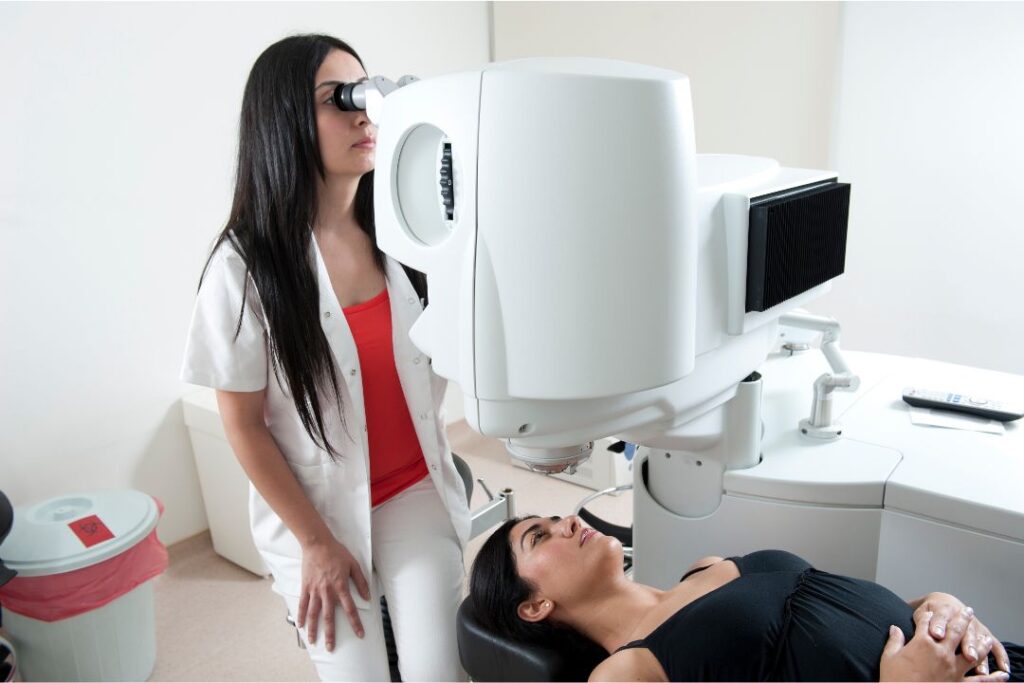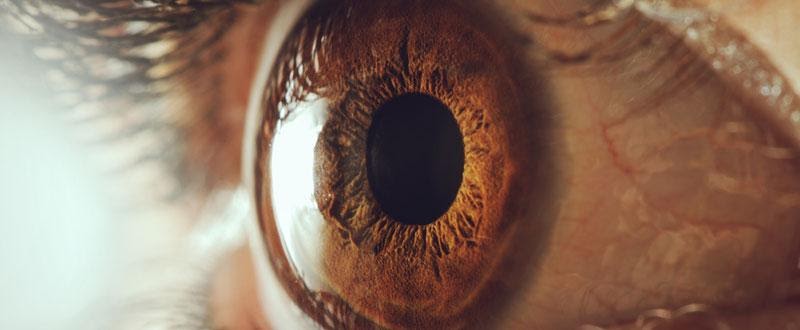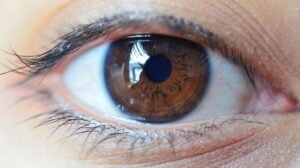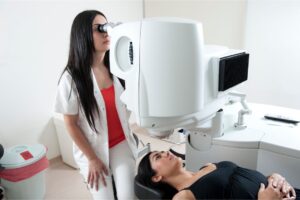If you wear glasses or contact lenses, you’ve probably heard of laser eye surgery and wondered, “Could this work for me?” The idea of waking up with clear vision is a dream come true for many. But before scheduling your procedure, it’s important to know whether you’re a good candidate. Not everyone qualifies for laser eye surgery—and that’s not a bad thing. Safety and long-term results depend on selecting the right patients.
Let’s walk through the eligibility process and what factors go into determining if laser eye surgery is right for you.
What Is Laser Eye Surgery—and Why Do People Choose It?
Laser eye surgery, like LASIK, PRK, or SMILE, is designed to correct vision problems such as nearsightedness, farsightedness, and astigmatism. These procedures reshape the cornea (the clear front surface of the eye) to improve how light focuses on the retina.
The appeal is clear:
- No more daily glasses or contact lenses
- Long-term cost savings
- Greater freedom in sports, travel, and day-to-day life
But this is still a medical procedure, so understanding the full picture is essential.
Step One: The Consultation and Eye Exam
Before being approved for laser eye surgery, every patient undergoes a comprehensive consultation and eye exam. This appointment includes:
- Measuring your current prescription
- Checking for corneal thickness and shape
- Evaluating eye dryness or tear production
- Screening for eye diseases or past surgeries
- Assessing pupil size and general eye health
These tests help your eye surgeon determine whether the structure and health of your eyes meet the necessary conditions for a safe procedure.
Analogy: Think of this like prepping a wall before painting. You wouldn’t just slap paint onto a surface full of holes or moisture damage—laser surgery needs a healthy, stable eye “foundation.”
See more: Is the Best CPAP Mask Always the Most Expensive One? Debunking Myths
General Eligibility Criteria for Laser Eye Surgery
While each case is unique, here are the core criteria most surgeons look for:
✅ Age
You must be at least 18 years old. Most surgeons prefer patients to be 21+ with a stable prescription for at least 12 months. Why? Eyes can still be developing in your teens and early twenties.
✅ Stable Vision
Your eyeglass or contact lens prescription should not have changed significantly in the past year. This ensures that your eyes have stopped “shifting,” which could otherwise affect long-term results.
✅ Refractive Error Within Range
Laser eye surgery can correct:
- Nearsightedness (myopia): up to -10.00 diopters
- Farsightedness (hyperopia): up to +4.00 diopters
- Astigmatism: up to 5.00 diopters
These limits can vary depending on the type of surgery and your corneal health.

✅ Healthy Eyes
You must be free from eye conditions such as:
- Cataracts
- Glaucoma
- Keratoconus (a thinning cornea)
- Severe dry eye disease
Even if you have mild dry eyes, your surgeon may offer treatments before surgery to stabilize them.
✅ Corneal Thickness
This matters most in LASIK. The laser reshapes the cornea, and if it’s too thin, you may not be eligible—or another technique like PRK may be safer.
Who Might Not Qualify?
Certain factors may disqualify or delay you from laser eye surgery:
- Pregnant or breastfeeding women – Hormonal changes can affect vision stability. It’s best to wait.
- Autoimmune diseases (e.g., lupus, rheumatoid arthritis) – Healing can be less predictable.
- Diabetes – If not well-controlled, it may affect the eyes or healing process.
- Unrealistic expectations – Laser surgery can greatly improve your vision, but perfection isn’t guaranteed.
Remember: A “no” from your surgeon means they’re protecting your long-term eye health.
What Happens During the Procedure?
If you’re eligible, here’s what you can expect:
- Numbing eye drops are applied—no needles or general anesthesia.
- In LASIK, a tiny flap is created on the cornea, lifted, and reshaped with a laser.
- In PRK, the surface layer is removed instead.
- The actual laser part takes just a few minutes per eye.
- Most people feel only mild pressure—not pain.
It’s fast, quiet, and often over before you realize it.
After Surgery: Healing and Vision Improvement
Most people experience clearer vision within 24–48 hours, especially with LASIK. PRK has a longer recovery (about 5–7 days for functional vision, weeks for clarity). Your eyes may feel:
- Scratchy or dry
- Sensitive to light
- Watery or slightly irritated
Follow-up care is critical. You’ll use medicated eye drops and attend post-op visits to track healing. Avoid rubbing your eyes, swimming, or wearing eye makeup for a while.
Risks and Expectations: Be Informed, Not Alarmed
No procedure is without risk. Common side effects include:
- Dry eyes (especially in the first 6 months)
- Halos or glare at night
- Fluctuating vision during early healing
Less common complications include infection, regression (vision worsening again), or flap-related issues in LASIK.
That said, most people experience dramatic improvements in their vision—and satisfaction rates are consistently over 95%.
Real-World Example: Think of It Like Orthodontics for Your Eyes
Laser surgery is like getting braces for your vision—but faster. Just like teeth take time to shift and stabilize, your eyes need time to heal. And just like not everyone qualifies for braces, not everyone qualifies for laser surgery. That’s why evaluations matter.
Conclusion: Are You a Good Candidate for Laser Eye Surgery?
If you’re in your 20s or 30s, have a stable prescription, and are in good health, there’s a strong chance you’re eligible. The only way to know for sure? Book a consultation with a licensed eye surgeon.
Laser eye surgery can truly change your life—but it starts with the right foundation. Your vision is worth the careful screening, the questions, and the wait if needed. If you’re curious, take the first step and explore your options with confidence.




